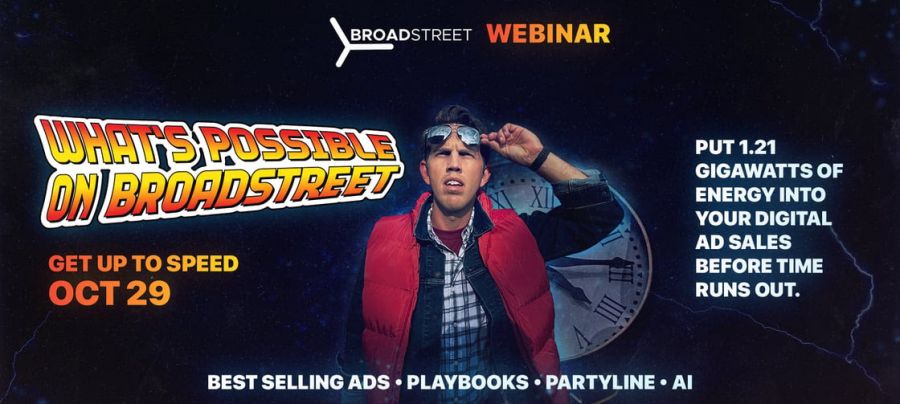I shot an ad into the air
John Foust
Oct 1, 2024


When I was a kid, my family went on a family vacation to the mountains of North Carolina. For a couple of nights, we stayed at a motel that had a play area with a few activities for children. The thing I most remember was a small archery range, which consisted of a couple of straw-filled targets, a bow and an arrow. One of the motel employees — probably a college student with a summer job — was there to make sure no one got hurt. Along the way, he taught a few basics about shooting a bow. The only advice I recall was to make a T-shape with the arm that is extended to hold the bow and the arm that is bent at the elbow to pull back the string. The bowstring arm should be straight back, not against the archer’s side.
I think about that little archery range every now and then because I’ve been relating advertising to archery for more than 30 years. Archery provides us with a good comparison — and an easily understood visual image — to share with advertisers. When you narrow the subject to three elements — the bow, the arrow and the target — you have the key ingredients of an advertising campaign. Use the bow to shoot the arrow at the target. It’s that simple.
LET’S TAKE A CLOSER LOOK AT THIS COMPARISON
1. The target represents the target audience — a specific group of consumers who fit the profile of likely buyers of certain products or services. It would be ridiculous for an advertiser to try to aim an arrow at more than one target at a time. The object of archery is to hit the bullseye on one target.
Likewise, the object of advertising is to reach a clearly defined target audience.
2. The arrow represents the message. An arrow with a bent shaft will veer off course and probably fall to the ground. An arrow with a blunt end might hit the target, but won’t stick. And an arrow with faulty fletching (the fin-like stabilizers at the back) will wobble its way into the ground.
Like an arrow needs to be straight and true in order to make its way to the target, an advertising message should exhibit the time-tested principles of effective advertising.
That means a compelling offer, strong headlines, relevant illustrations, audience-centered copy, an identifiable logo and specific purchasing information.
3. The bow represents the delivery system — in our case, print and digital newspapers. In order to function properly, the bow should be of the right design and construction, in the form of market coverage, creative guidance, high production standards and superb customer service. From the advertiser’s perspective, it’s crucial to build in an adequate advertising budget, a solid media plan and a consistent strategy.
Each of these elements is crucial to the success of an advertising effort. The good news is that you are in position to positively influence decisions on all three. Do that, and you’re on your way to bullseye results.
© Copyright 2024 by John Foust. All rights reserved.
John Foust has conducted training programs for thousands of newspaper advertising professionals. Many ad departments are using his training videos to save time and get quick results from in-house training. Email for information: john@johnfoust.com










